
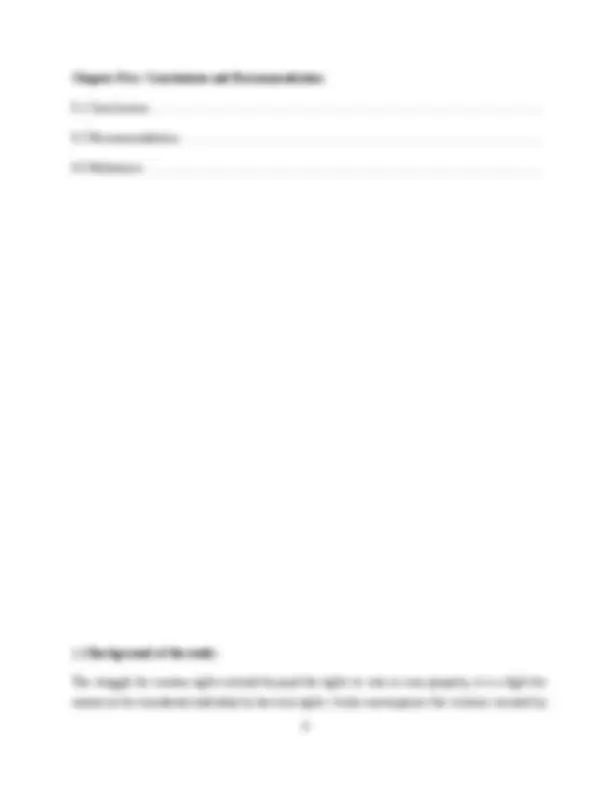
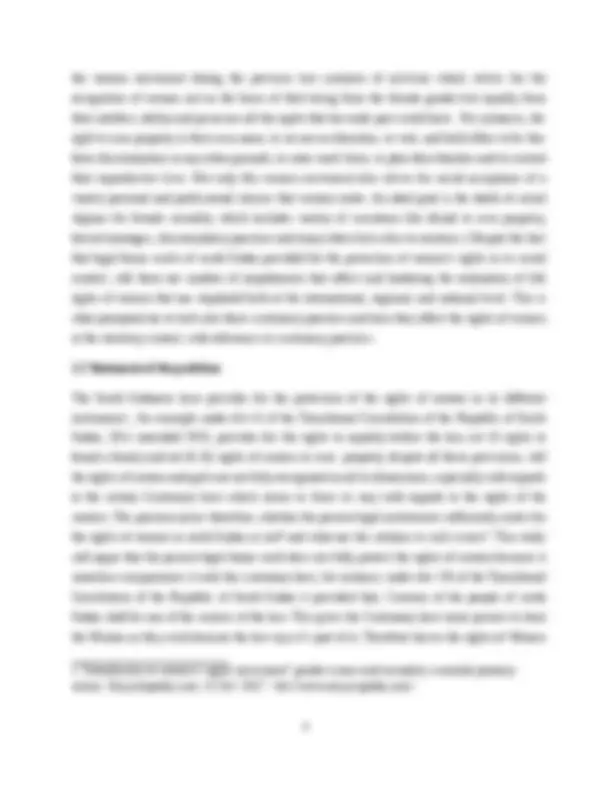
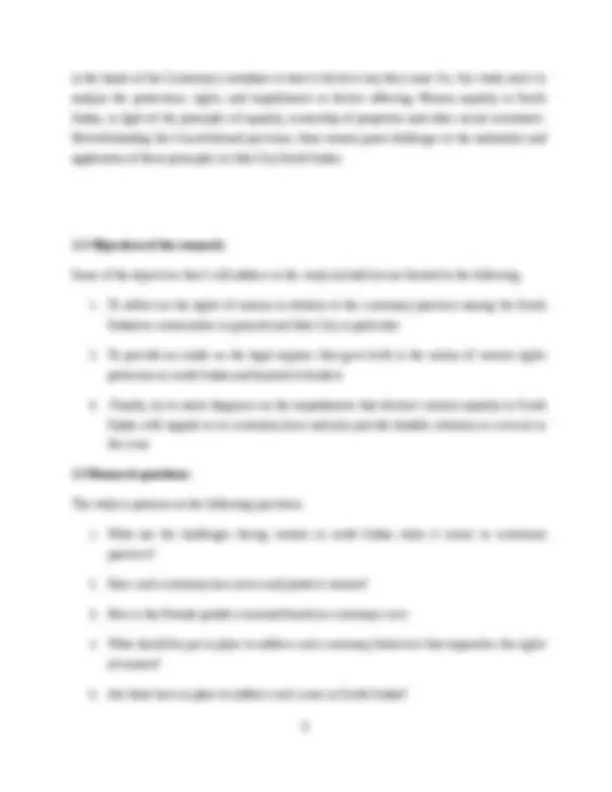
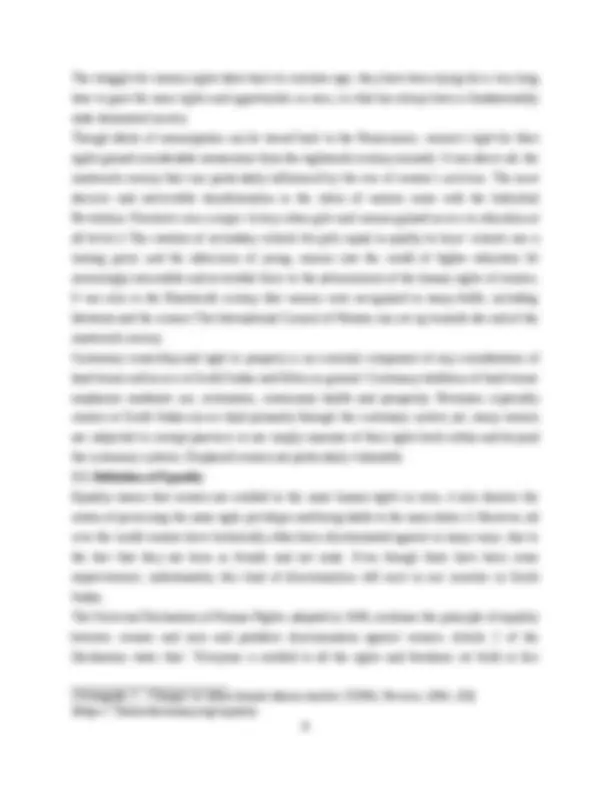
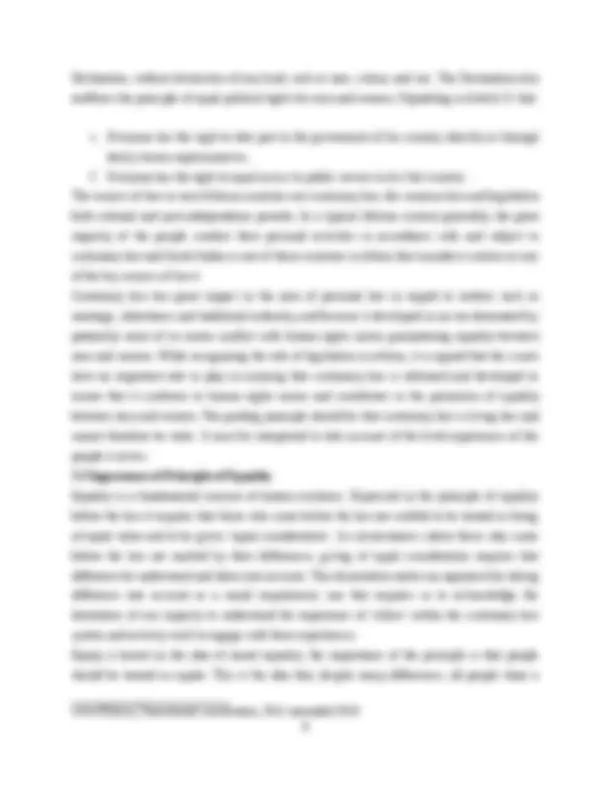
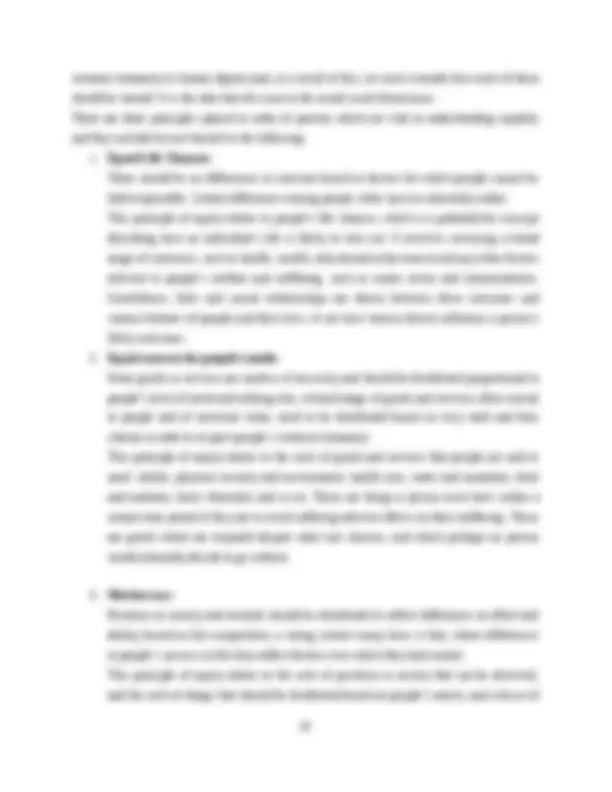
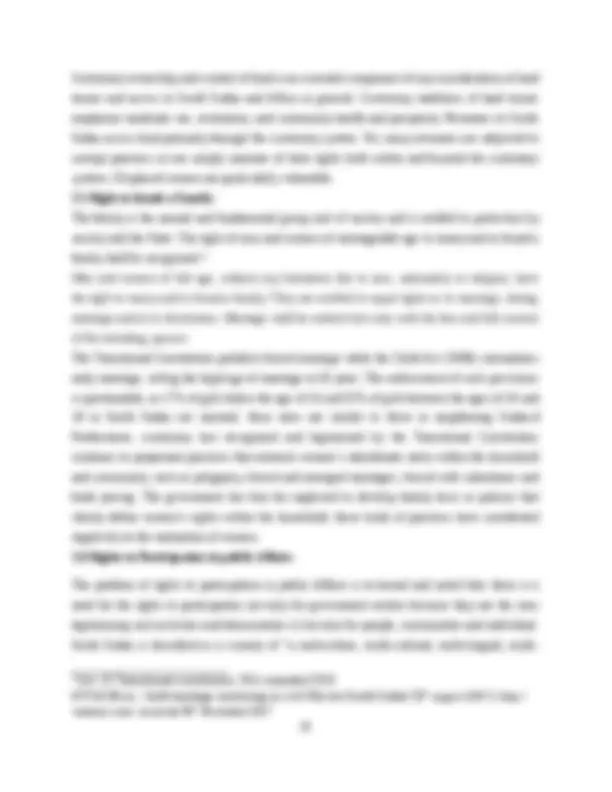
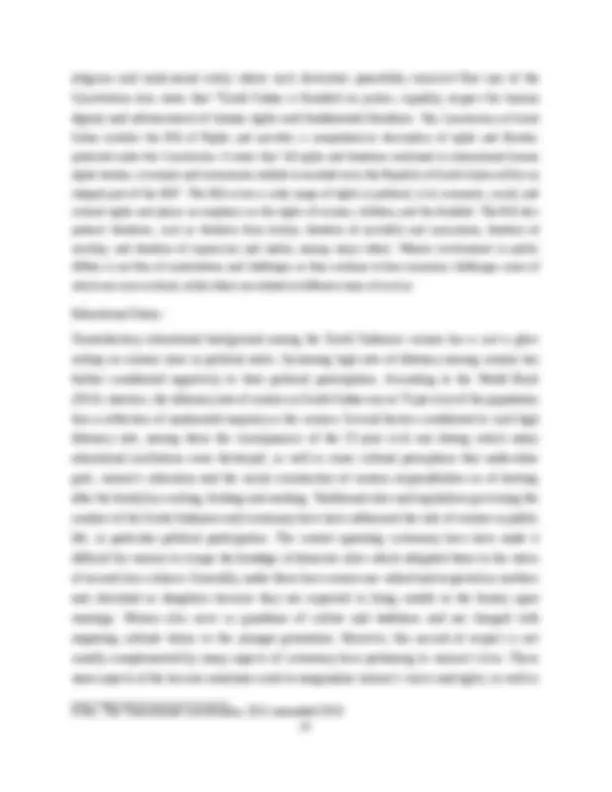
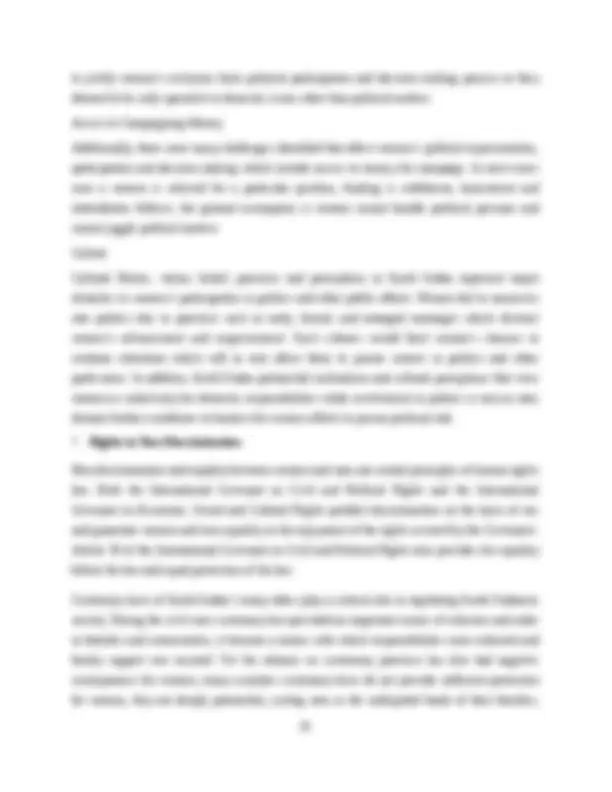
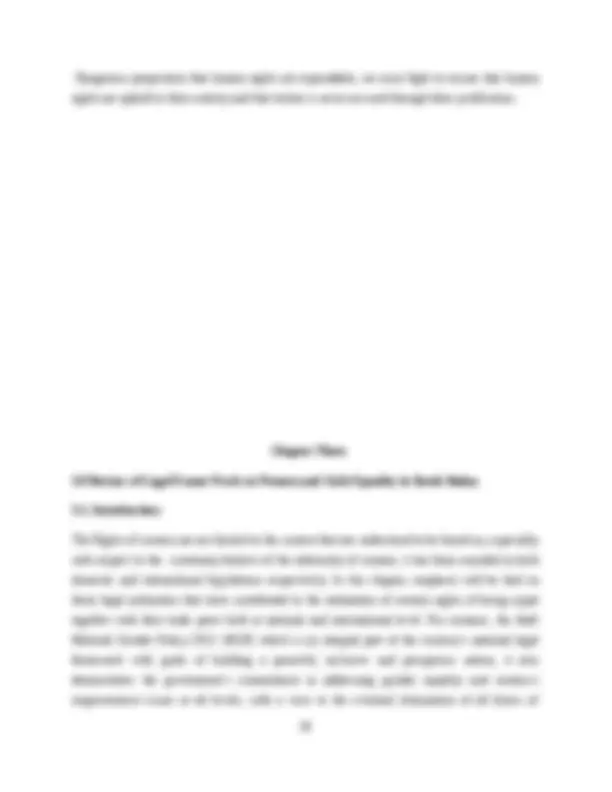
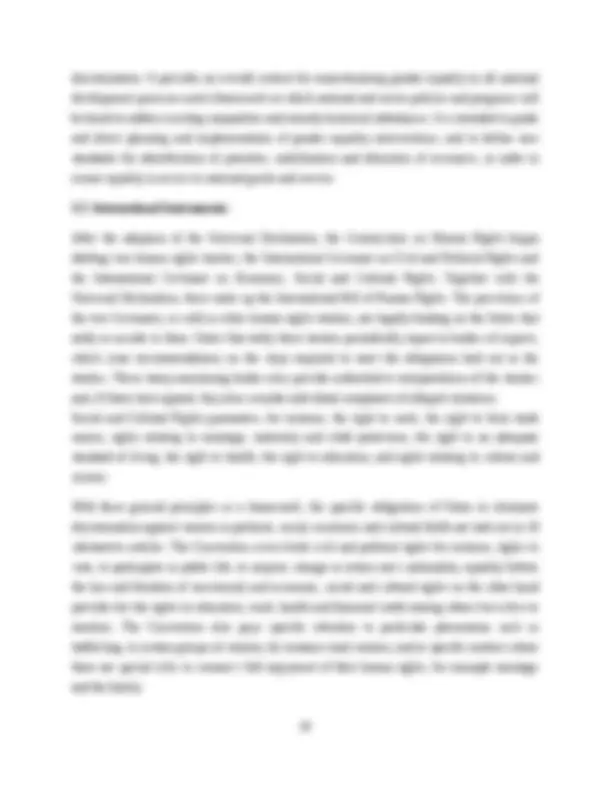
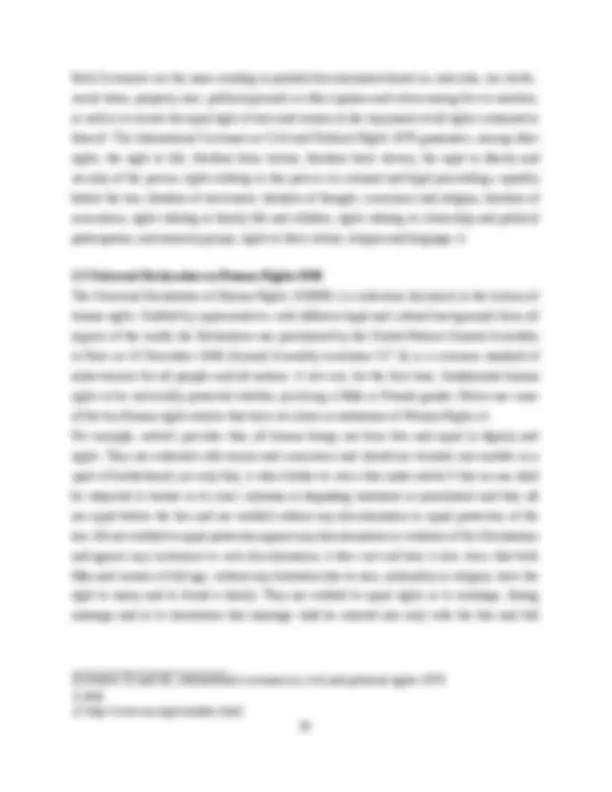
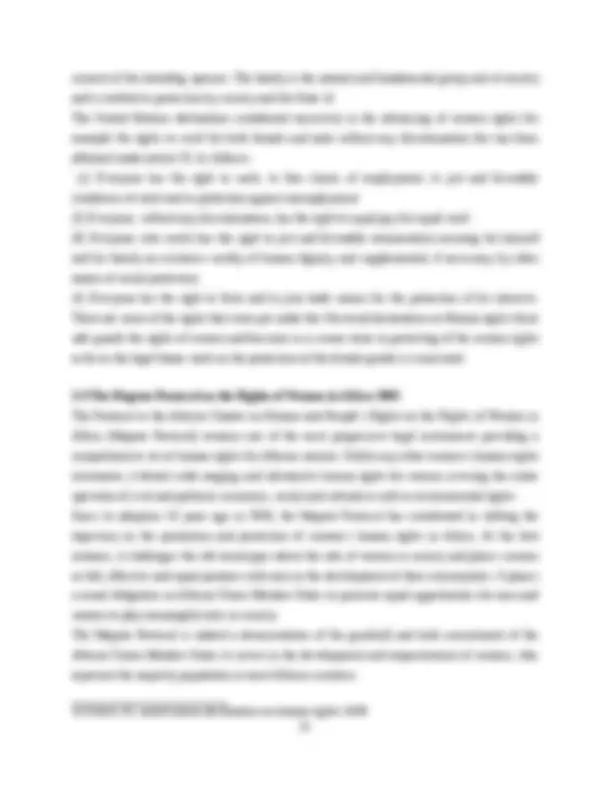
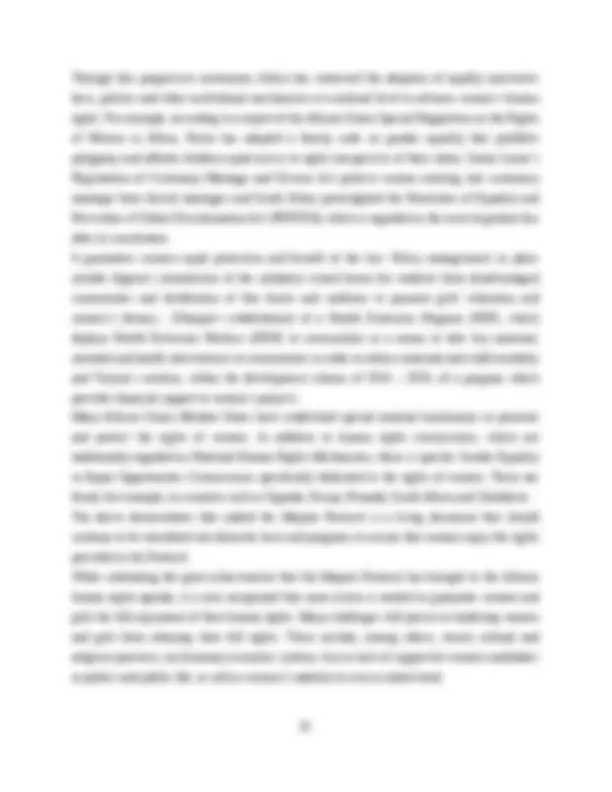
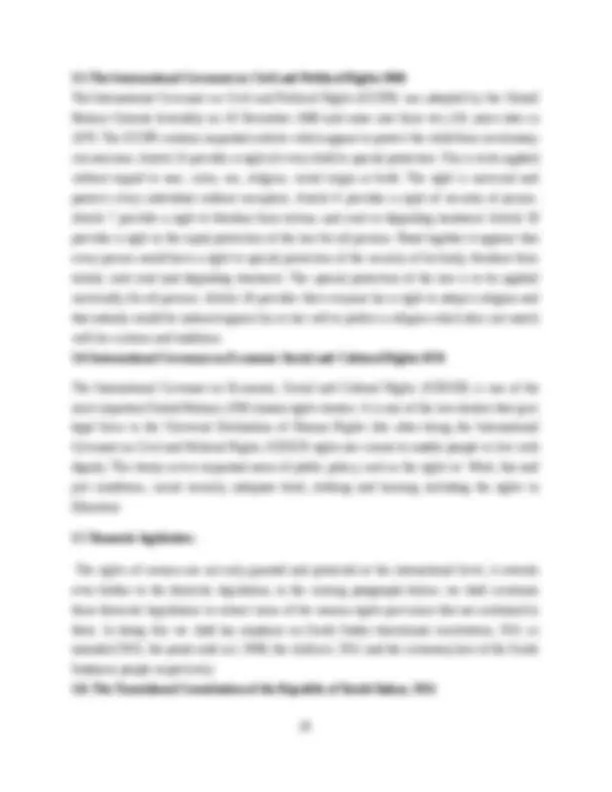
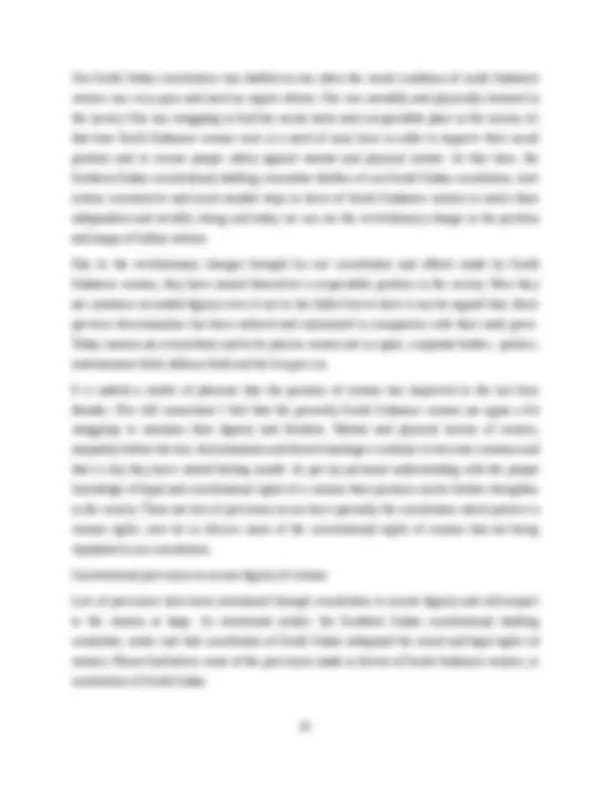
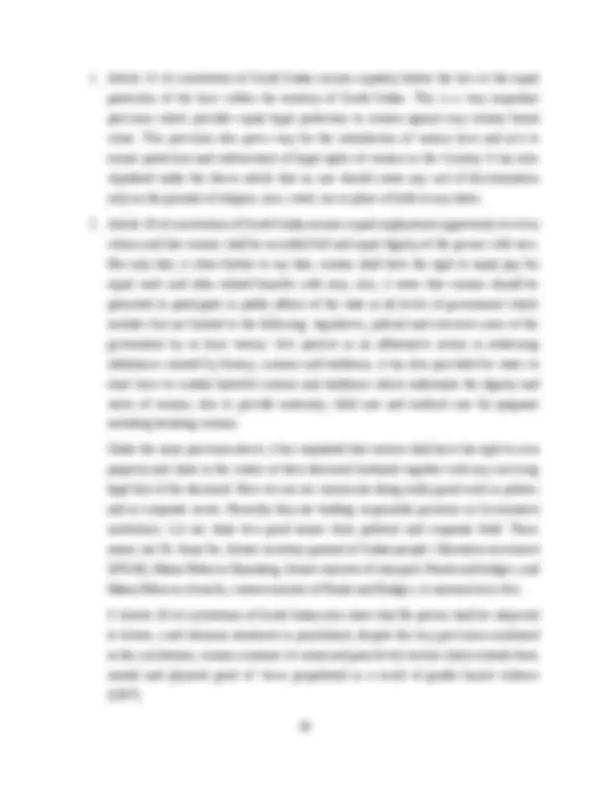

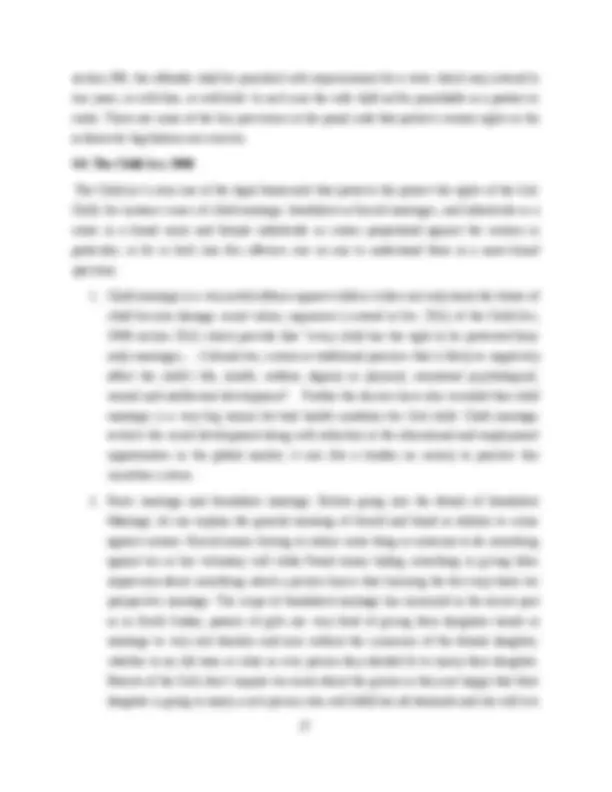
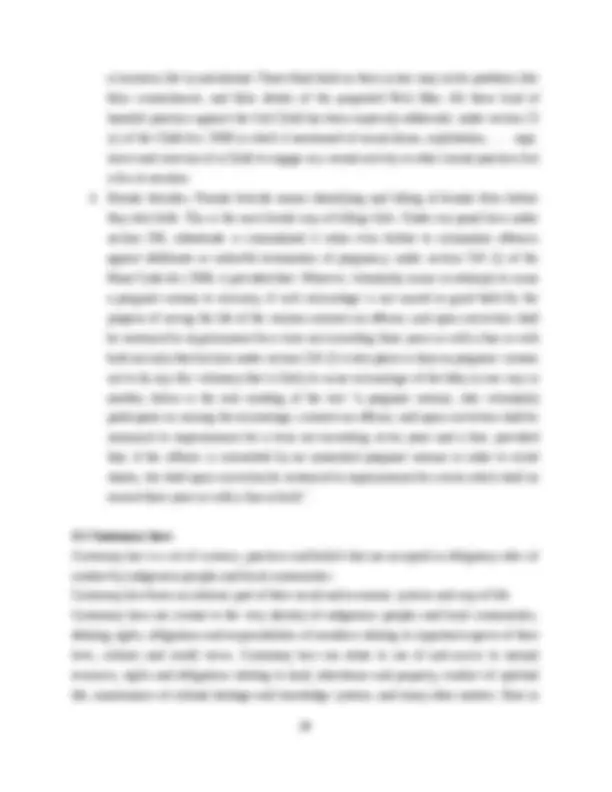
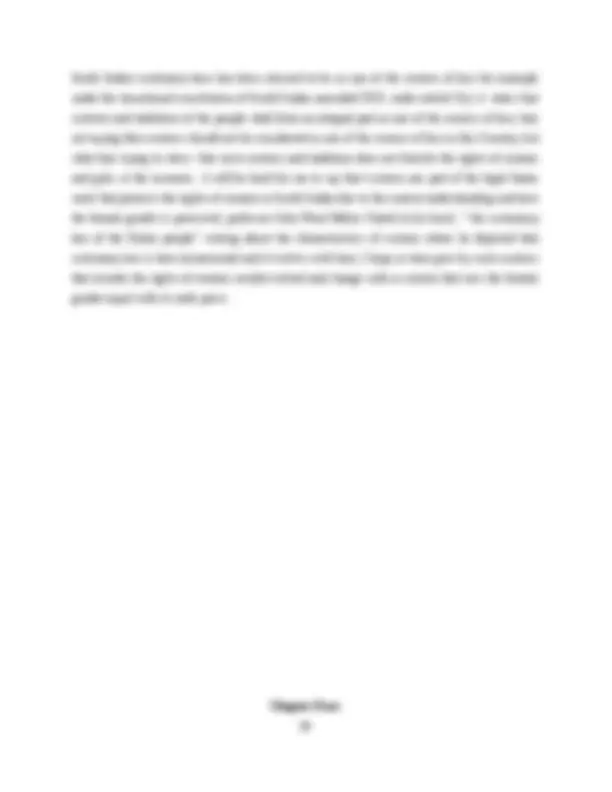
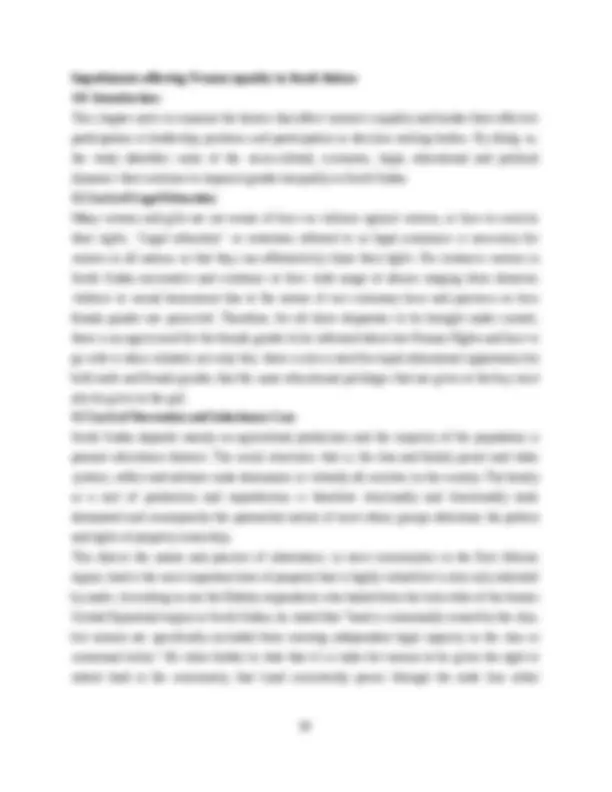
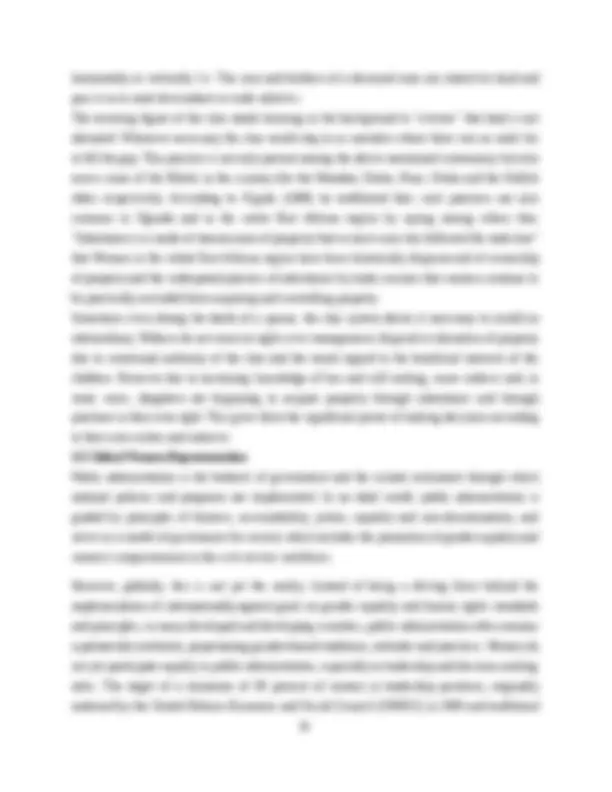
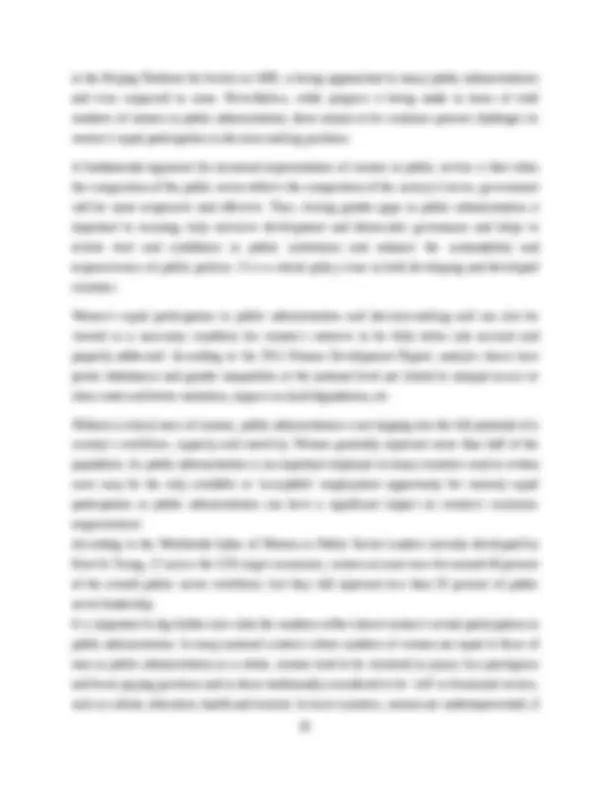
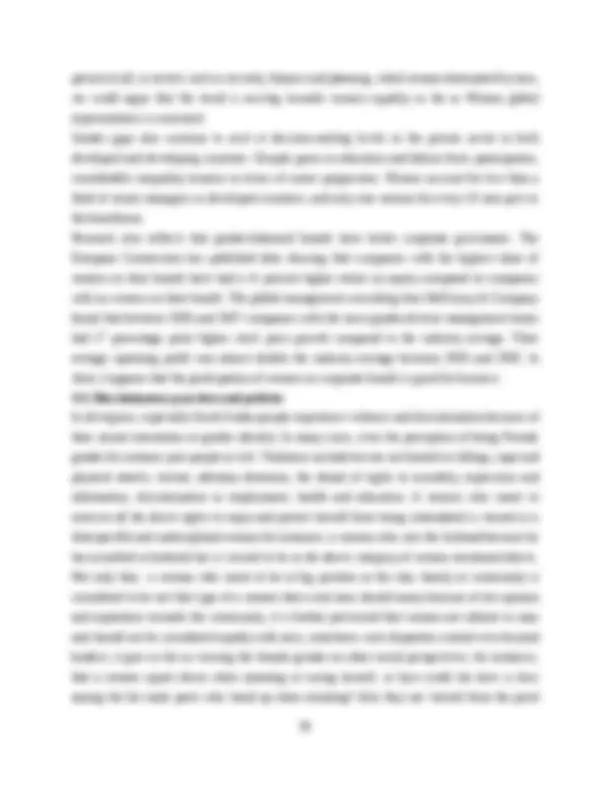
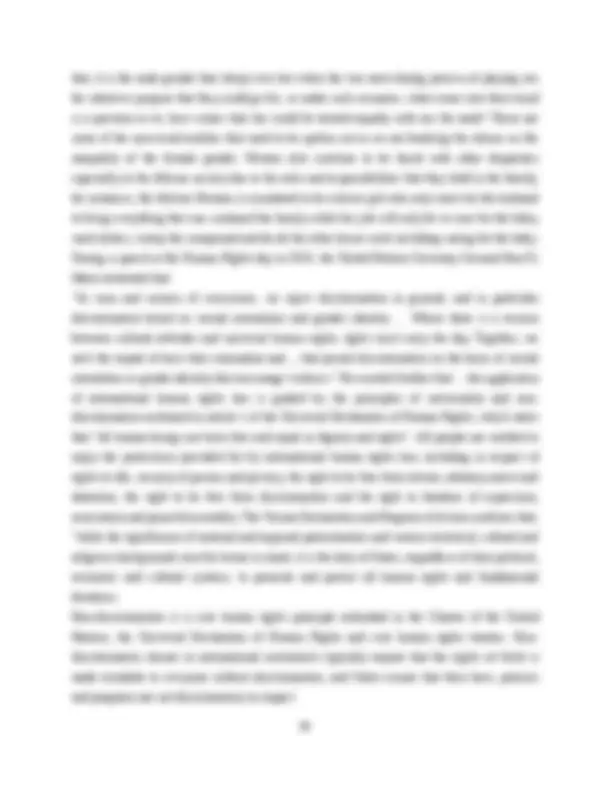
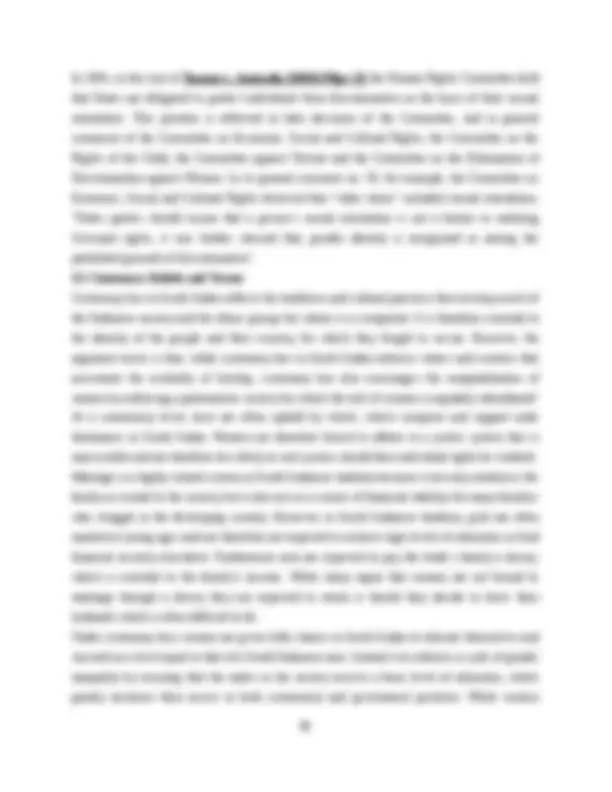

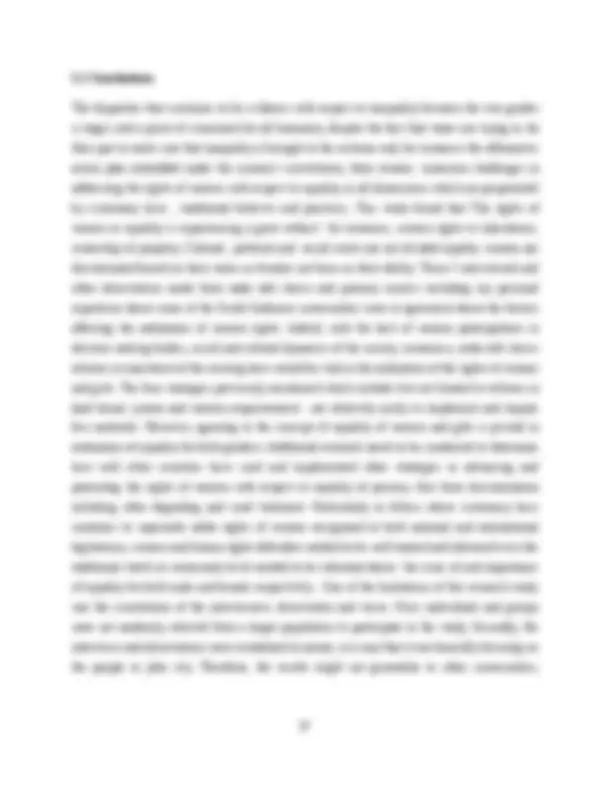
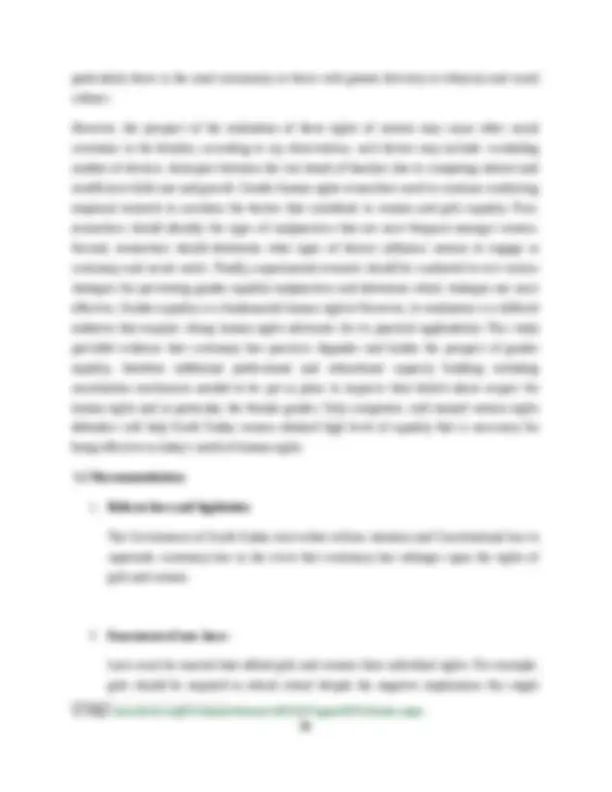
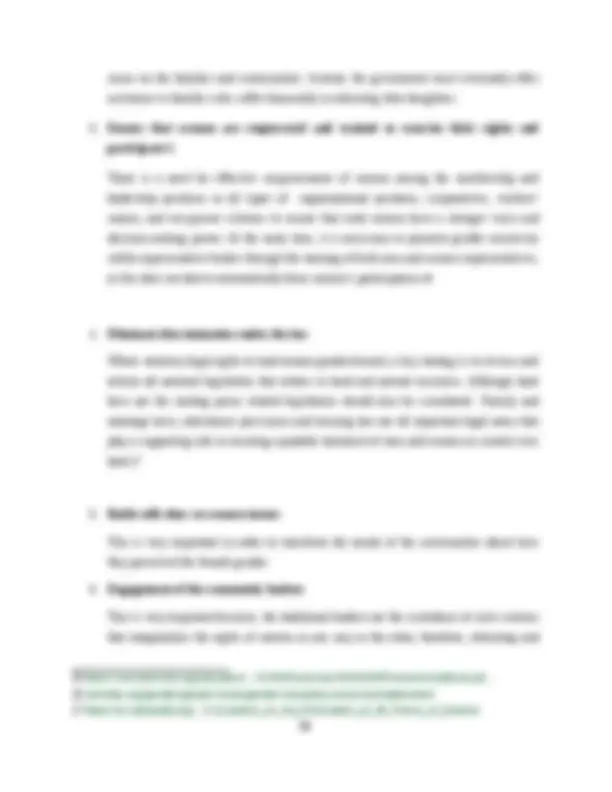
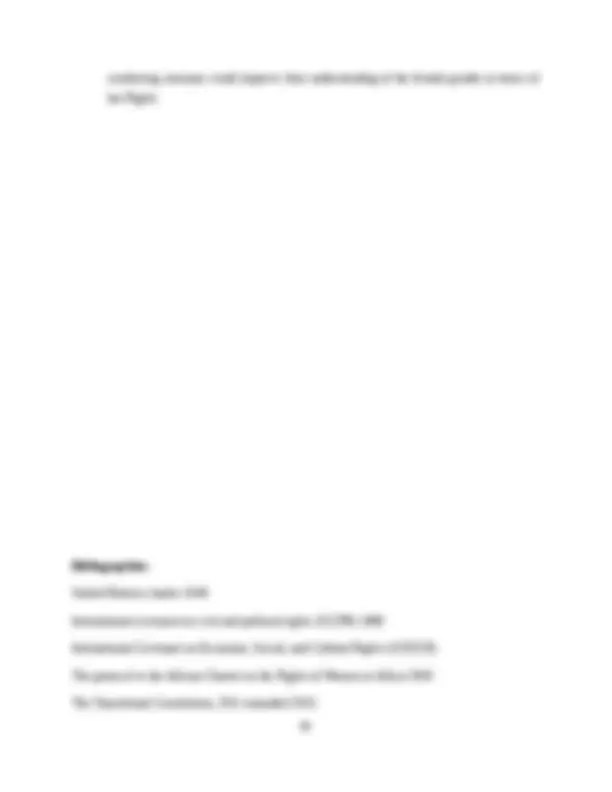



Study with the several resources on Docsity

Earn points by helping other students or get them with a premium plan


Prepare for your exams
Study with the several resources on Docsity

Earn points to download
Earn points by helping other students or get them with a premium plan
Community
Ask the community for help and clear up your study doubts
Discover the best universities in your country according to Docsity users
Free resources
Download our free guides on studying techniques, anxiety management strategies, and thesis advice from Docsity tutors
According to the word of Wolper (1999), Academic library is” cost effective information
Typology: Study notes
1 / 41

This page cannot be seen from the preview
Don't miss anything!


































Table of Contents
(i) Declaration ……………………………………………………………………………………..
(ii) Dedication………………………………………………………………………………………
(iii) Acknowledgements……………………………………………………………………………
(iv) Abstract ………………………………………………………………………………………
(v) List of abbreviations……………………………………………………………………………
Chapter One - Introduction:
1.1 Background of the study.……………………………………………………………………..
1.2 Statement of the problem………………………………………………………………………
1.3 Objective of the study…………………………………………...................................................
1.4 Research questions………………………………………………………………………………
1.5 Scope of the study………………………………………………………………………………
1.6 Methodology………………………………………..……………………………………………
1.7 Synopsis………………………………………………………………………………………….
Chapter Two - Statutory Rights of Women under both National and International Level Vis- A-Vis Customary Norms:
2.1 Introduction………………………………………………………………………………………
2.2 Definition of equality………………………………………………………………………….....
2.3 Importance of principle of equality……………………………………………………………..
2.4 Rights to property: ………………………………………………………………………………
2.5 Rights to found a family…………………………………………………………………….......
2.6 Rights to participation in public affairs……………………………………………………….....
2.7 Rights to non-discrimination…………………………………………………………………….
2.8 Freedom from torture…………………………………………………………………………....
Chapter Three - Review Women Rights as granted by International and Domestic laws:
3.1 Introductions……………………………………………………………………………….……
3.2 International instruments…………………………………………………………………………
3.3 Universal declaration on human rights 1948…………………………………………..…………
3.4 The Maputo protocol on the rights of women in Africa 2003…………………………………...
3.5 Covenant on civil and political rights 1966……………………………………………….……..
3.6 International covenant on economic social and cultural rights…………………………………..
3.7 Domestic legislation……………………………………………………………………………...
3.8 The Transitional Constitution of South Sudan, 2011 amended 2015…………………………...
3.9 Penal Code Act, 2008……………………………………………………………………………
4.0 Child act, 2008…………………………………………………………………………………...
4.1 Customary laws………………………………………………………………………………......
Chapter Four - Impediments to Women inequality in South Sudan:
4.0 Introduction……………………………………………………………………………………..
4.1 Lack of legal education………………………………………………………………………….
4.2 Lack of succession and inheritance law…………………………………………………………
4.3 Global women representation ……………………………………………………………………
4.4 Discriminatory laws and policies………………………………………………………………...
4.5 Customary beliefs and norms……………………………………………………………..........
the women movement during the previous two centuries of activism which strives for the recognition of women not on the bases of their being from the female gender but equally from their intellect, ability and possesses all the rights that her male peer could have. For instances, the right to own property in their own name, to secure an education, to vote, and hold office to be free from discrimination or any other grounds, to enter work force, to plan their families and to control their reproductive lives. Not only this women movement also strives for social acceptance of a variety personal and professional choices that women make. An ideal goal is the death of social stigmas for female sexuality which includes variety of constrains like denial to own property, forced marriages, discriminatory practices and many others but a few to mention. 1 Despite the fact that legal frame works of south Sudan provided for the protection of women’s rights in its social context, still there are number of impediments that affect and hindering the realization of full rights of women that are stipulated both at the international, regional, and national level. This is what prompted me to look into these customary practices and how they affect the rights of women in the statutory context, with references to customary practices. 1.2 Statement of the problem : The South Sudanese laws provides for the protection of the rights of women in its different instruments , for example under Art 14 of the Transitional Constitution of the Republic of South Sudan, 2011 amended 2015, provides for the rights to equality before the law, art 15 rights to found a family and art.16 (5) rights of women to own property, despite all these provisions, still the rights of women and girls are not fully recognized in all its dimensions, especially with regards to the certain Customary laws which seems to force its way with regards to the rights of the women. The question arises therefore, whether the present legal instruments sufficiently carter for the rights of women in south Sudan or not? and what are the solution to such issues?. This study will argue that the present legal frame work does not fully protect the rights of women because it somehow compromises it with the customary laws, for instance, under Art. O5 of the Transitional Constitution of the Republic of South Sudan it provided that, Customs of the people of south Sudan shall be one of the sources of the law. This gives the Customary laws more powers to treat the Women as they wish because the law says it’s part of it; Therefore leaves the rights of Women
1 “Introduction to women’s rights movement” gender issues and sexuality: essential primary source. Encyclopedia.com. 12 Oct. 2017 <htt://www.encycopedia.com>
in the hands of the Customary custodians to treat it the best way they want. So, this study seeks to analyze the protections, rights, and impediments or factors affecting Women equality in South Sudan, in light of the principles of equality, ownership of properties and other social constraints. Notwithstanding this Constitutional provision, there remain great challenges to the realization and application of these principles in Juba City South Sudan.
1.3 Objectives of the research:
Some of the objectives that I will address in the study include but not limited to the following:
1.4 Research questions:
The study is premise on the following questions:
four will focus on the impediments affecting women equality in South Sudan and the final chapter provides for conclusions and recommendation including references.
Chapter Two
Women Rights under National and International Law vis-a-vis Customary Norms 2.1 Introduction:
The struggle for women rights dates back to centuries ago; they have been trying for a very long time to gain the same rights and opportunities as men, in what has always been a fundamentally male dominated society. Though ideals of emancipation can be traced back to the Renaissance, women’s tight for their rights gained considerable momentum from the eighteenth century onwards. It was above all, the nineteenth century that was particularly influenced by the rise of women’s activism. The most decisive and irreversible transformation in the status of women came with the Industrial Revolution. Feminists won a major victory when girls and women gained access to education at all levels.^2 The creation of secondary schools for girls equal in quality to boys’ schools was a turning point, and the admission of young women into the world of higher education let increasingly irresistible and reversible force to the advancement of the human rights of women. It was also in the Nineteenth century that women were recognized in many fields, including literature and the science The International Council of Women was set up towards the end of the nineteenth century. Customary ownership and right to property is an essential component of any consideration of land tenure and access in South Sudan and Africa in general. Customary traditions of land tenure emphasize moderate use, restoration, community health and prosperity. Returnees especially women to South Sudan access land primarily through the customary system yet, many women are subjected to corrupt practices or are simply unaware of their rights both within and beyond the customary systems; Displaced women are particularly vulnerable. 2.2. Definition of Equality Equality means that women are entitled to the same human rights as men; it also denotes the notion of possessing the same right, privileges and being liable to the same duties. 3 However, all over the world women have historically often been discriminated against in many ways, due to the fact that they are born as female and not male. Even though there have been some improvements, unfortunately, this kind of discrimination still exist in our societies in South Sudan. The Universal Declaration of Human Rights, adopted in 1948, enshrines the principle of equality between women and men and prohibits discrimination against women. Article 2 of the Declaration states that: “Everyone is entitled to all the rights and freedoms set forth in this
2 Arriagada, I.., Changes in urban female labour market, CEPAL Review, 1994, (53) 3 https:// Thelawdictionary.org/equality
common humanity or human dignity and, as a result of this, we must consider how each of them should be treated. It is the idea that all count in the moral social dimensions. There are three principles placed in order of priority which are vital in understanding equality and they include but not limited to the following:
much of the literature on equality of opportunity. The relevant criterion for distributing these positions, then, is merit; People applying for these positions should be judged fairly according to their qualifications for the position. Their working towards different achievements should be a function of the choices they make, the effort they put in, the talents they develop and their ability to carry out the job. This principle is violated where factors such as people’s family background, race or place of origin are considered in accessing different types of job. Or, where males and females are treated differently in consideration for a job or paid differently for performing similar tasks. Or, where a person’s social standing or political power are more operative in the sorts of opportunity available than their qualifications for the post; In order to ensure a true meritocracy, two additional factors must hold. First, clearly all people must have access to these positions; in the sense that all people must be eligible to apply for positions and there should not be any variation in the sorts of position different people have access to. So, for example, the awarding of an administrative job in a government department could be judged based on the merits of the candidates applying, but if the job is advertised in one language only in a multilingual society, then clearly not everyone has a chance to apply. Secondly, there are certain requirements for ensuring ‘fair’ competition based on effort and ability, such as all people having sufficient opportunity to develop the skills and talents needed for success. Not only should the goods be distributed according to relevant principles, but also the chances of attaining the qualities relevant for the goods should be evenly distributed. This second factor is crucial for many institutions (business entities), which are based on the idea of fair competition between people, which might not always hold. For example, women from disadvantaged states may not have the chance to gain an education and build their human capital to develop the skills necessary for securing a decent living.
Customary ownership and control of land is an essential component of any consideration of land tenure and access in South Sudan and Africa in general. Customary traditions of land tenure emphasize moderate use, restoration, and community health and prosperity. Returnees to South Sudan access land primarily through the customary system. Yet, many returnees are subjected to corrupt practices or are simply unaware of their rights both within and beyond the customary systems. Displaced women are particularly vulnerable. 2.5 Right to found a Family: The family is the natural and fundamental group unit of society and is entitled to protection by society and the State. The right of men and women of marriageable age to marry and to found a family shall be recognized. 7 Men and women of full age, without any limitation due to race, nationality or religion, have the right to marry and to found a family. They are entitled to equal rights as to marriage, during marriage and at its dissolution. Marriage shall be entered into only with the free and full consent of the intending spouses. The Transitional Constitution prohibits forced marriage while the Child Act (2008) criminalizes early marriage, setting the legal age of marriage at 18 years. The enforcement of such provisions is questionable, as 17% of girls below the age of 15 and 52% of girls between the ages of 16 and 18 in South Sudan are married; these rates are similar to those in neighboring Sudan. 8 Furthermore, customary law recognized and legitimized by the Transitional Constitution continues to perpetuate practices that entrench women’s subordinate status within the household and community, such as polygamy, forced and arranged marriages, forced wife inheritance and bride pricing. The government has thus far neglected to develop family laws or policies that clearly define women’s rights within the household; these kinds of practices have contributed negatively to the realization of women. 2.6 Rights to Participation in public Affairs The problem of rights to participation in public Affairs is reviewed and noted that, there is a need for the rights to participation not only for government entities because they are the ones legitimizing such activities and democratizes it, but also for people, communities and individual. South Sudan is described as a country of “a multi-ethnic, multi-cultural, multi-lingual, multi-
7 Art. 15 Transitional constitution, 2011 amended 2015 8 VOA News, ‘child marriage increasing in civil War ton South Sudan’29 th^ august (2017)<http:// voanews.com> accessed 05th^ November 2017
religious and multi-racial entity where such diversities peacefully coexist. 9 Part one of the Constitution also states that “South Sudan is founded on justice, equality, respect for human dignity and advancement of human rights and fundamental freedoms. The Constitution of South Sudan includes the Bill of Rights and provides a comprehensive description of rights and liberties protected under the Constitution. It states that “all rights and freedoms enshrined in international human rights treaties; covenants and instruments ratified or acceded to by the Republic of South Sudan will be an integral part of this Bill”. The Bill covers a wide range of rights in political, civil, economic, social, and cultural rights and places an emphasis on the rights of women, children, and the disabled. The Bill also protects freedoms, such as freedom from torture, freedom of assembly and association, freedom of worship, and freedom of expression and media, among many others. Women involvement in public Affairs is not free of contestations and challenges as they continue to face numerous challenges some of which are socio-cultural, while others are related to different status of such as: Educational Status: Unsatisfactory educational background among the South Sudanese women has a cast a glass ceiling on women raise in political ranks. Increasing high rate of illiteracy among women has further contributed negatively to their political participation. According to the World Bank (2014) statistics, the illiteracy rate of women in South Sudan was at 73 per cent of the population thus a reflection of uneducated majority as the women. Several factors contributed to such high illiteracy rate, among them the consequences of the 22-year civil war during which many educational institutions were destroyed, as well as some cultural perceptions that undervalue girls, women’s education and the social construction of women responsibilities as of looking after the family by cooking, feeding and washing. Traditional rules and regulations governing the conduct of the South Sudanese and customary laws have influenced the role of women in public life, in particular political participation. The current operating customary laws have made it difficult for women to escape the bondage of domestic roles which relegated them to the status of second class citizens. Generally, under these laws women are valued and respected as mothers and cherished as daughters because they are expected to bring wealth to the family upon marriage. Women also serve as guardians of culture and traditions and are charged with imparting cultural values to the younger generation. However, this accord of respect is not usually complemented by many aspects of customary laws pertaining to women’s lives. These same aspects of the law are sometimes used to marginalize women’s voices and rights, as well as
9 See, The Transitional constitution, 2011 amended 2015
with women playing subservient roles. While South Sudan’s Transitional Constitution, 2011amended 2015 guarantees human rights and equality for all, there is a conflict with numerous rules of customary law which continue to violate women’s rights. As the new state develops its justice sector, drafts new laws, and establishes a functional legal system, it faces the challenging task of reconciling customary law with the guarantees of human rights that are enshrined in the constitution. The UN Handbook on Legislation and Violence against Women specifically addresses this situation and recommends that “where there are conflicts between customary and/or religious law and the formal justice system, the matter should be resolved with respect for the human rights of the survivor and in accordance with gender equality standards. Attaining equality between women and men and eliminating all forms of discrimination against women are fundamental human rights and United Nations values. Women in Juba City and around South Sudan nevertheless regularly suffer violations of their human rights throughout their lives, and realizing women’s human rights has not always been a priority. Achieving equality between women and men requires a comprehensive understanding of the ways in which women experience discrimination and are denied equality so as to develop appropriate strategies to eliminate such discrimination.
Much progress has been made in securing women’s rights across the Country in recent years. However, important gaps remain and women’s realities are constantly changing, with new manifestations of discrimination against them regularly emerging. Some groups of women face additional forms of discrimination based on their age, ethnicity, nationality, religion, health status, marital status, education, disability and socioeconomic status, among other grounds. These intersecting forms of discrimination must be taken into account when developing measures and responses to combat discrimination against women.
In 1967, United Nations Member States adopted the Declaration on the Elimination of Discrimination against Women, which states that discrimination against women is an offence against human dignity and calls on States to “abolish existing laws, customs, regulations and practices which are discriminatory against women, and to establish adequate legal protection for equal rights of men and women.
2.8 Freedom from Torture
In understanding the object matter under discussions, it is important we explore what it actually means. As defined under the convention against torture 1984, that for the purposes of this Convention, torture means: any act by which severe pain or suffering, whether physical or mental, is intentionally inflicted on a person for such purposes as obtaining from him or a third person information or a confession, punishing him for an act he or a third person has committed. For instance, the Otuho customs which is vexatious in nature in such a way that it carries punishment from acts committed by the male gender to the female gender, for example, in cases of homicide where the perpetrator has committed murder, he is not let to face the consequence of his act but rather the young sister in the family is taken to the house of the deceased where after growth, she is forced to be married by one of the relatives of the deceased person. Many family members are abused simply by association in an effort to get to someone else. This has been particularly true for women fleeing torture in South Sudan. Torture of any kind should not be used as a is tool that can be deployed for a specific purpose from which there is often lifelong physical and psychological consequences, including permanent disability and scarring, post-traumatic stress disorder and flashbacks – inescapable reminders of the suffering endured by victims, which can exacerbate suffering and prolong the rehabilitation and treatment process. Some survivors of sexual torture contract sexually transmitted diseases and some of the women ended up pregnant; the effects of torture can last a lifetime, many victims of Torture avoid interacting with other people and distance themselves from the outside world. It is not just the direct victim of torture on whom the practice will have a lasting effect. The torturer’s goal is to repress and dehumanize. While the act of torture is directed at an individual, the effects are widespread, resonating with those who are witnesses, others who may hear the torture taking place and the families and communities of torture survivors. Torture has a brutalizing and transformative effect on the lives of anyone it touches – including the perpetrators. Young Girls of torture survivors may be forced to interpret their parents’ stories for the authorities, causing them to digest and repeat information which can have a traumatizing effect. The family context of a torture survivor is profoundly changed, presenting often overwhelming challenges to those who have a family member who has survived torture. If torture is tolerated on the premise that it may safeguard some and suppress others, then it poses
discrimination. It provides an overall context for mainstreaming gender equality in all national development processes and a framework on which national and sector policies and programs will be based to address existing inequalities and remedy historical imbalances. It is intended to guide and direct planning and implementation of gender equality interventions, and to define new standards for identification of priorities, mobilization and allocation of resources, in order to ensure equality in access to national goods and service.
3.2. International Instruments:
After the adoption of the Universal Declaration, the Commission on Human Rights began drafting two human rights treaties, the International Covenant on Civil and Political Rights and the International Covenant on Economic, Social and Cultural Rights. Together with the Universal Declaration, these make up the International Bill of Human Rights. The provisions of the two Covenants, as well as other human rights treaties, are legally binding on the States that ratify or accede to them. States that ratify these treaties periodically report to bodies of experts, which issue recommendations on the steps required to meet the obligations laid out in the treaties. These treaty-monitoring bodies also provide authoritative interpretations of the treaties and, if States have agreed, they also consider individual complaints of alleged violations. Social and Cultural Rights guarantees, for instance, the right to work, the right to form trade unions, rights relating to marriage, maternity and child protection, the right to an adequate standard of living, the right to health, the right to education, and rights relating to culture and science.
With these general principles as a framework, the specific obligations of States to eliminate discrimination against women in political, social, economic and cultural fields are laid out in 16 substantive articles. The Convention covers both civil and political rights for instance, rights to vote, to participate in public life, to acquire, change or retain one’s nationality, equality before the law and freedom of movement) and economic, social and cultural rights on the other hand provides for the rights to education, work, health and financial credit among others but a few to mention. The Convention also pays specific attention to particular phenomena such as trafficking, to certain groups of women, for instance rural women, and to specific matters where there are special risks to women’s full enjoyment of their human rights, for example marriage and the family.
Both Covenants use the same wording to prohibit discrimination based on, inter alia, sex, berth , social status, property, race, political grounds or other opinion and colour among few to mention; as well as to ensure the equal right of men and women to the enjoyment of all rights contained in them10^ The International Covenant on Civil and Political Rights 1976 guarantees, among other rights, the right to life, freedom from torture, freedom from slavery, the right to liberty and security of the person, rights relating to due process in criminal and legal proceedings, equality before the law, freedom of movement, freedom of thought, conscience and religion, freedom of association, rights relating to family life and children, rights relating to citizenship and political participation, and minority groups, rights to their culture, religion and language.^11
3.3 Universal Declaration on Human Rights 1948 The Universal Declaration of Human Rights (UDHR) is a milestone document in the history of human rights. Drafted by representatives with different legal and cultural backgrounds from all regions of the world, the Declaration was proclaimed by the United Nations General Assembly in Paris on 10 December 1948 (General Assembly resolution 217 A) as a common standard of achievements for all peoples and all nations. It sets out, for the first time, fundamental human rights to be universally protected whether you being a Male or Female gender. Below are some of the key Human rights articles that have set a base in realization of Women Rights.^12 For example, article1 provides that, all human beings are born free and equal in dignity and rights. They are endowed with reason and conscience and should act towards one another in a spirit of brotherhood, not only that, it when further to stress that under article 5 that no one shall be subjected to torture or to cruel, inhuman or degrading treatment or punishment and that; all are equal before the law and are entitled without any discrimination to equal protection of the law. All are entitled to equal protection against any discrimination in violation of this Declaration and against any incitement to such discrimination; it does not end here it also stress that both Men and women of full age, without any limitation due to race, nationality or religion, have the right to marry and to found a family. They are entitled to equal rights as to marriage, during marriage and at its dissolution that marriage shall be entered into only with the free and full
10 Article (2) and (3), international covenant on civil and political rights 1976 11 ibid 12 http://www.un.org/en/index.html